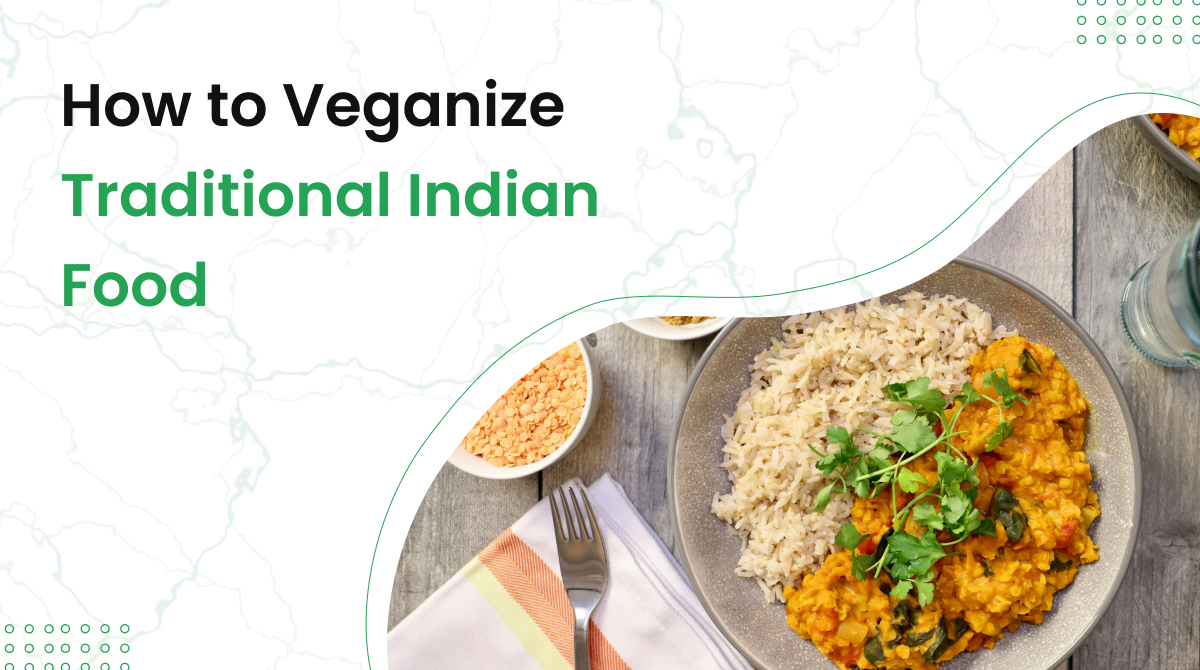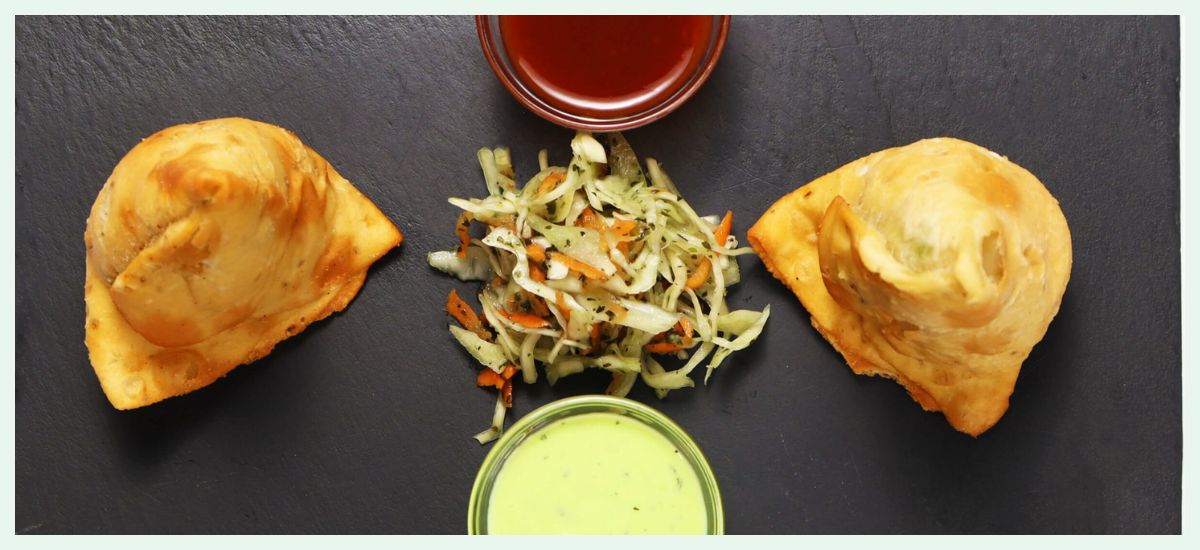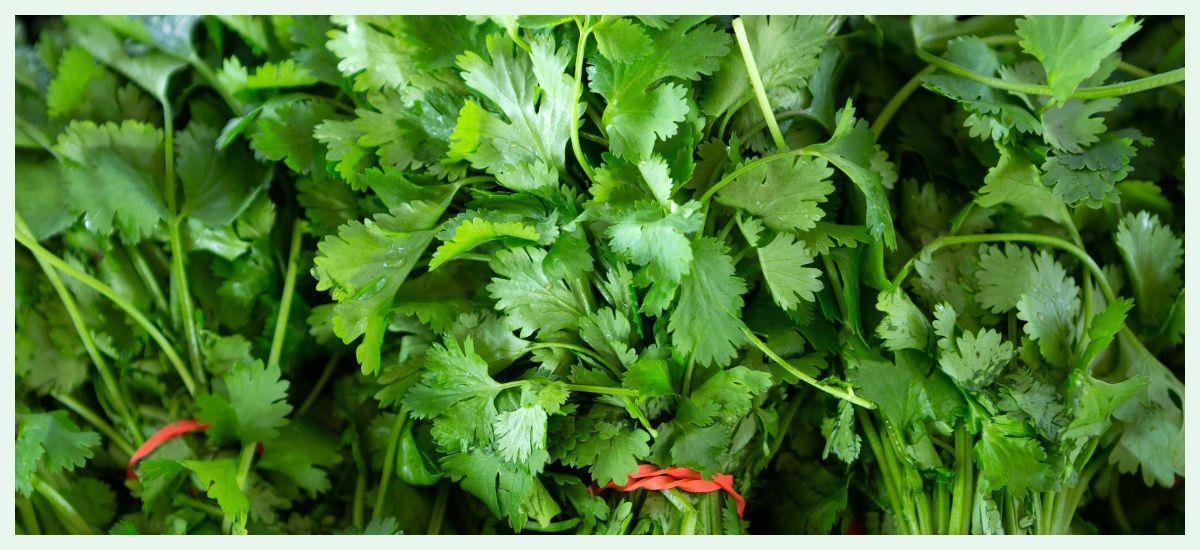
Indian cuisine is famous for its vibrant flavors, diverse spices, and hearty, comforting dishes. Whether you are a long-time vegan or just starting to explore plant-based options, it’s easier than ever to veganize traditional Indian food without compromising on taste. The abundance of vegetarian ingredients in Indian cooking provides a solid foundation for plant-based adaptations. From creamy curries to crispy snacks, here’s how you can easily transform your favorite Indian dishes into vegan versions.
1. Substitute Dairy with Plant-Based Alternatives
One of the most common ingredients in traditional Indian cuisine is dairy, especially in dishes like paneer tikka, butter chicken, or dal makhani. Luckily, vegan substitutes for dairy are easy to find, and you don’t have to lose out on flavor.
- Paneer: This beloved Indian cheese can be replaced with tofu or homemade cashew cheese. Tofu, with its mild flavor and spongy texture, absorbs spices wonderfully and can be grilled or sautéed just like paneer. For a creamier consistency, you can opt for cashew or almond-based cheese.
- Ghee: Ghee, a clarified butter used in many Indian dishes, can be substituted with coconut oil, vegetable oil, or vegan butter.
- Milk & Cream: Full-fat coconut milk, soy milk, or oat milk can replace dairy milk and cream in curries and gravies. The creamy texture of coconut milk, especially, is perfect for rich dishes like korma and makhani.
At HariMoksh Restaurant in Berlin, we use these plant-based alternatives to offer vegan-friendly versions of classic Indian dishes. For example, our Vegan Butter Tofu features tofu cooked in a rich, creamy tomato sauce made with coconut milk, offering that familiar indulgence without any animal products.
2. Replace Meat with Protein-Rich Plant-Based Ingredients
Indian cuisine is replete with meat-based dishes, such as chicken curry, lamb kebabs, and goat curry. Thankfully, there are several plant-based options that provide the same satisfying texture and protein content as meat.
- Tofu & Tempeh: These soy-based proteins are versatile and can easily replace meat in curries or skewered dishes. Tempeh has a firmer texture and a slightly nutty flavor, while tofu is softer and can soak up any sauce it’s cooked in.
- Seitan: Made from gluten, seitan is an excellent replacement for meat in dishes like tandoori chicken or kebabs. It has a chewy texture, making it ideal for creating plant-based meat substitutes.
- Legumes: Lentils, chickpeas, and kidney beans are staples in Indian cooking and serve as hearty protein sources. Dishes like chana masala, dal tadka, or rajma are naturally vegan and are packed with protein.
A great example of how to veganize traditional Indian fare can be seen in the Vegan Korma at HariMoksh. Instead of using cream or yogurt, we prepare this dish with a variety of fresh vegetables and tofu, creating a satisfying and flavorful dish that perfectly mimics the original.
3. Use Legumes and Vegetables for Rich Curries
Curries are the heart and soul of Indian cuisine, with their rich, aromatic flavors and satisfying textures. You can easily make curries vegan by focusing on plant-based proteins like lentils, beans, and vegetables. Instead of using animal-based ingredients like yogurt, ghee, or cream, simply opt for coconut milk, cashews, or tahini to create the creamy texture.
- Chickpeas: Known for their mild flavor and ability to absorb spices, chickpeas are an excellent base for curries like chana masala or chole. They add a satisfying texture and plenty of protein to the dish.
- Lentils: Lentils are another key ingredient in many Indian curries. Dal dishes, such as dal tadka or dal makhani, are naturally vegan and can be cooked with a variety of lentils like red, yellow, or black.
- Vegetables: Dishes like aloo gobi (cauliflower and potato curry), baingan bharta (roasted eggplant curry), or mixed vegetable curry are all naturally vegan and packed with nutrients.
For example, HariMoksh’s Vegan Malai Kofta takes the classic kofta curry and replaces the dairy-based cream with a coconut-based sauce, making it a fully plant-based version without compromising the dish’s richness or texture.
4. Embrace Flavorful Vegan Indian Snacks and Street Food
Indian snacks and street food are some of the most flavorful dishes in the cuisine, and many of them are already vegan or can be easily modified.

- Samosas: These iconic stuffed pastries are usually filled with spiced potatoes, peas, and other vegetables, making them naturally vegan. You can add a variety of fillings like lentils, tofu, or even chickpea flour to change things up.
- Pani Puri: This popular street food consists of crispy puris filled with spicy potato filling and tangy tamarind water. It’s naturally vegan as it doesn’t contain any dairy or meat.
- Pakoras: These crispy fritters are often made with chickpea flour and filled with vegetables like potatoes, onions, and spinach. They are naturally vegan and perfect for snacking.
At Hari Moksh, they offer a vegan version of Dhokla, a savory steamed snack made with fermented rice and chickpea flour, which is light, fluffy, and full of flavor
5. Season and Garnish with Fresh Herbs
Indian food is all about layers of flavor, and one of the easiest ways to enhance any dish is with fresh herbs. Fresh cilantro, mint, and curry leaves can elevate the taste of your veganized dishes, adding fragrance and a burst of freshness.

- Cilantro: Use it to garnish curries, rice dishes, or even chaats. Its bright, citrusy flavor can bring balance to heavier dishes.
- Mint: Mint chutney is a classic accompaniment to many Indian snacks, and it’s naturally vegan. You can also sprinkle chopped mint leaves over curries and rice dishes for added freshness.
- Curry Leaves: These aromatic leaves are used in many South Indian dishes and can be used to season curries, dals, and soups.
Conclusion
At Hari Moksh, we’re proud to offer a vegan twist on traditional Indian cuisine—rich in flavor, culture, and compassion. Whether you’re a local or visiting Berlin, our plant-based menu is designed to satisfy every craving.
Follow us on Instagram and Facebook to stay updated on our latest dishes, events, and vegan food inspiration.
Powered by FoodMato—a smart restaurant platform that helps us deliver exceptional experiences online and offline.
Enjoy the vibrant flavors and vibrant colors of vegan Indian food—your taste buds will thank you!

